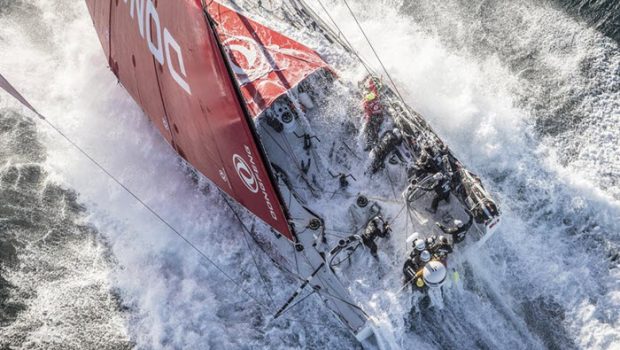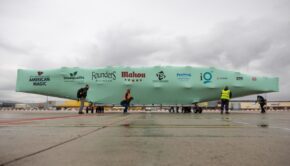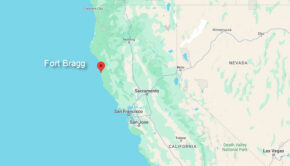Mapping the Madness of Microplastics
Published on August 29th, 2018
While video footage of the 2017-18 Volvo Ocean Race showed walls of water across the decks of the Volvo Ocean 65s, some of the water was also captured as a scientific initiative to gauge the health of the planet.
“We have used a sporting event to collect groundbreaking scientific data to provide a global map of microplastics concentrations,” explains Anne-Cecile Turner, Sustainability Program Leader. “Our ambition is that the data will provide a new benchmark for our understanding of the spread of these ubiquitous particles and offer a template for future scientific methodology.”
During the 45,000 nautical mile, eight-month race, only three of the 75 samples collected south of Australia, east of Argentina, and west of Ireland have been found to contain no microplastics, which are the small pieces of plastic that pollute the environment.
The highest levels of microplastic, 349 particles per cubic meter, were found in a sample taken in the South China Sea that feeds into the Kuroshio Current and the North Pacific Gyre. The second highest, 307 particles per cubic meter, came close from the point where the Mediterranean Sea and Atlantic Ocean meet (Strait of Gibraltar).
Even close to Point Nemo, the furthest place from land on Earth, where the nearest humans are on the International Space Station, between nine and 26 particles of microplastic per cubic meter were recorded.
The most recent data collected, before the race finale in The Hague, found particularly high levels of microplastics, 224 particles per cubic meter, in Skagerrak, a 150-mile strait that runs between Norway, Sweden and Denmark where the outflow from the Baltic Sea meets the Atlantic Ocean.
The boats also collect other oceanographic data measurements including temperature, dissolved CO2, salinity, algae content (as chlorophyll a) that gives an indication of levels of ocean health and acidification and supports quantification of the ocean’s uptake of CO2.
In parallel, 30 scientific drifter buoys, deployed during the race, are transmitting data that is essential for forecasting of weather and climate changes, in both the short and long term. This is being utilized by the World Meteorological Organization and UNESCO’s Intergovernmental Oceanographic Commission.
Microplastics are often invisible to the naked eye and can take thousands of years to degrade. By collecting information on their levels, the program is helping scientists gain insight into the scale of plastic pollution and its impact on marine life.
“The stark findings give a clear mandate for positive and decisive action from national governments, international organizations, business and individuals to stop plastic polluting our seas,” notes Turner.
The data has been then uploaded to a National Oceanic and Atmospheric Administration (NOAA) database where scientists are able to access it open source.
Source: Volvo Ocean Race










 We’ll keep your information safe.
We’ll keep your information safe.